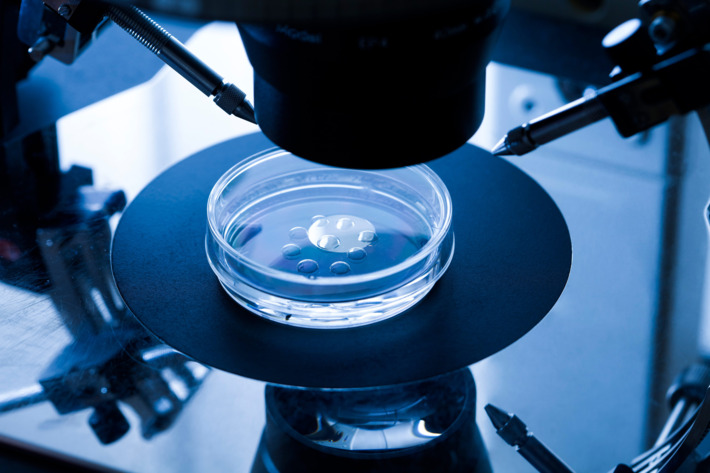Science gives us wonderful tools — everything from penicillin to a GPS system to life itself. How we use these tools, however, is up to us.
What has caught my eye recently was a report, originally in the Chicago Tribune, that Great Britain’s Newcastle University has been given permission to create babies using the DNA of three people. Yes, this was made legal in Britain last year, and now Newcastle is the first facility to receive approval to use this technique.
The purpose is to prevent the passage of genetic diseases. According to the summary on the Science of Us website ( http://nymag.com/scienceofus/2017/03/british-hospital-has-approval-to-create-3-parent-babies.html? ) —
Using DNA from the mother, the father, and a donor, the procedure addresses issues in mitochondrial DNA by using gene splicing and IVF. From the Tribune: “Scientists remove the nucleus DNA from the egg of a prospective mother and insert it into a donor egg from which the donor DNA has been removed. This can happen before or after fertilization. The resulting embryo ends up with nucleus DNA from its parents but mitochondrial DNA from a donor.” This way, fatal and severe conditions found in a mother’s mitochondrial DNA, like muscular dystrophy, are prevented.
Leigh syndrome, a rare neurological disorder, is one such condition linked to mitochondrial DNA. And in 2016, it was the impetus for the world’s very first so-called “three-parent baby,” born to a Jordanian mother with the genetic mutation that causes the disease. The American doctors who performed the procedure did so in Mexico, where regulations are light. Approval in the U.S. does not exist.
How has it worked in Britain? According to the Tribune account, though Newcastle University has permission, “the clinic must apply for each individual patient to be treated and no patient application has yet been approved.”
This certainly is a worthy goal. I see the effects of genetic glitches first-hand when I teach students with special needs. I just hope we use this new tool wisely.
The photo came from the Science of Us website.
